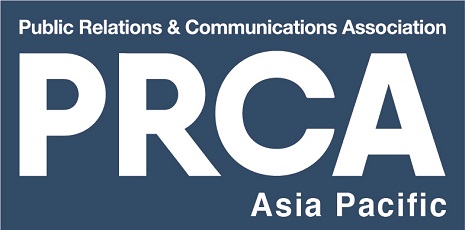Owen Waters MPRCA, Deputy Managing Consultant, Archetype
Brand storytelling is one of the marketing and communications industry’s most misunderstood concepts. Here are three of the biggest pitfalls, and how to avoid them.
The art of telling stories dates back to the dawn of humanity – how else to explain the potential danger of the sabre-toothed tiger to your children? We’ve seen storytelling evolve from cave paintings to Homer’s Odyssey and The Simpsons. These days, famous brands and personalities even do so in 15-second blocks on social media.
While great storytelling has always been central to brand development, it’s only in more recent years that the concept of “brand storytelling” has established itself as a mainstay in our industry. Despite its prevalence, there remains plenty of room for improvement in the quality of stories brands are telling their target audiences. Without engaging stories, you won’t get heard above the noise no matter how much paid budget you throw into the mix.
Creating great stories isn’t easy. It takes time, endeavour, and creativity. But a great start is to avoid some of the most common traps brands fall into when crafting their stories.
Here are three of the storytelling myths that we have encountered most often.
Myth #1: Always be the hero of your story
No one likes the guy at the party who only ever wants to talk about himself. Brands that insist on being at the centre of every story do not create interesting content — they don’t inspire or engage their audiences.
Instead of being a brand narcissist, make the hero of your story the person–or people–that you are enabling to take on the world. Take Joseph Campbell’s Hero’s Journey framework as an example — brands should play the role of the ‘mentor’. That way, they meet the hero near the start of the journey, showing them what’s possible and setting them on their way.
With your help, your hero will be enabled to go on a journey, overcome challenges, and return wiser with a great story to tell.
Apple didn’t change the personal computing industry by talking about itself. It built up convincing stories about its users and the kind of people they are. It focused on showing how real people use Apple’s products to do creative things and challenge perceived norms. These relatable human stories did far more to shape perceptions about Apple’s brand than any of its hardware.
Myth #2: B2B brand storytelling can’t be emotional
By tapping into emotions, you can create memorable stories and sway how audiences feel and act. A common misconception is that emotional, personal stories are purely the preserve of B2C campaigns.
B2B marketers often forget they are engaging with real people with hopes, dreams and regrets. Thinking about your audience as just “IT managers” or “heads of marketing” can result in stories that are too vanilla.
People connect with other people. Thinking about your audience as real people–Eunice, Mike and Jamie — rather than generic personas will help you craft more human, engaging and impactful stories.
None of this is new — IBM has been adding emotion to its B2B brand storytelling for more than 25 years — but many B2B brands still produce stories that are simply un-engaging and as a result, ineffective.
Myth #3: Follow a standard formula
While there are certain structural templates around storytelling, avoid being formulaic. The most memorable stories are those which surprise and delight you (“Luke, I am your father…”). Twists and new perspectives provide great ways to stand out from the crowd and capture attention.
Some of the best brand storytelling examples are those which don’t necessarily follow standard chronologies. Bank of America’s “Portraits” campaign created emotional impact by starting at the end — an elderly couple taking a portrait together — before looking back at all the scenes in their lives that preceded it.
One of Pixar’s “Rules on Storytelling” is focused on the importance of this kind of creativity:
Discount the 1st thing that comes to mind.
And the 2nd, 3rd, 4th, 5th – get the obvious out of the way.
Surprise yourself.
You might not create the next Toy Story but by adding surprise, emotion and a human element to your brand stories, you will certainly be able to create a bigger impact with your target audience.
And today, that’s worth a lot.
Get in touch with us today if you’d like to develop an irresistible storytelling narrative for your brand. We’d love to hear from you.


